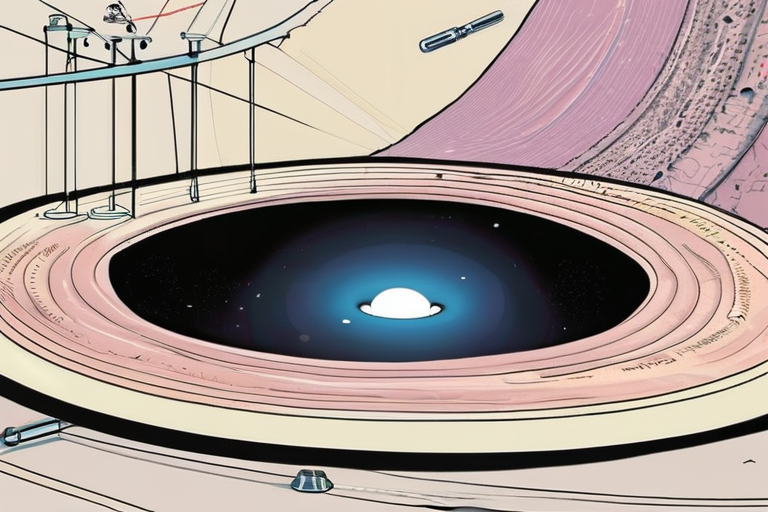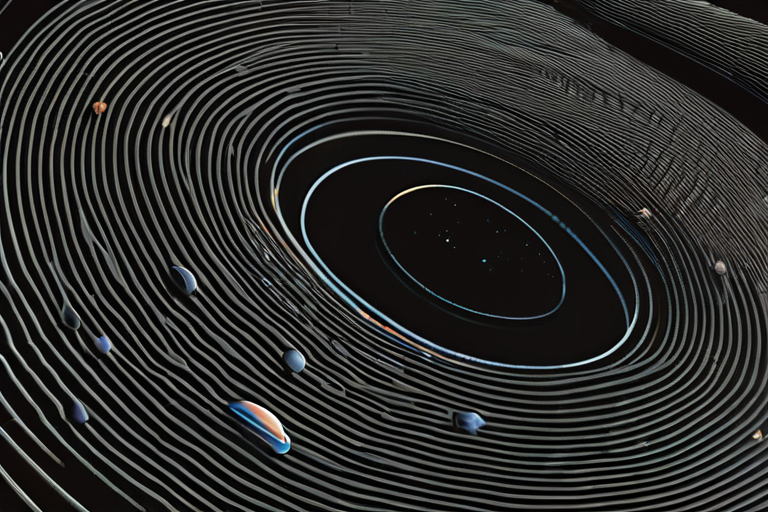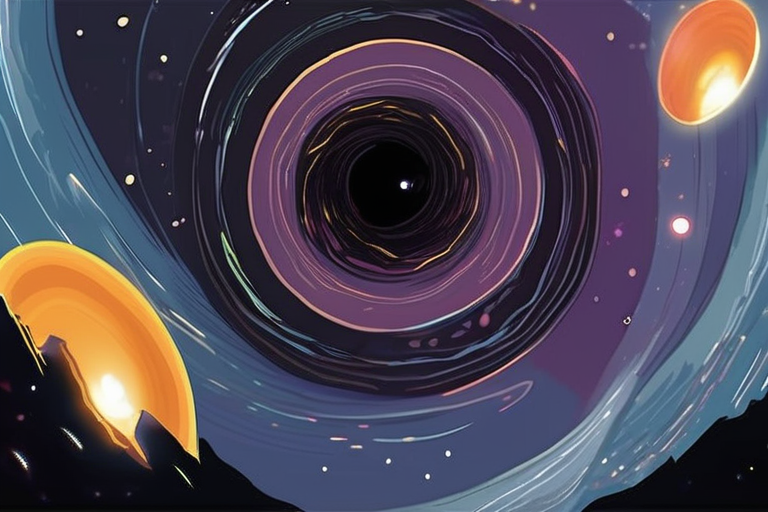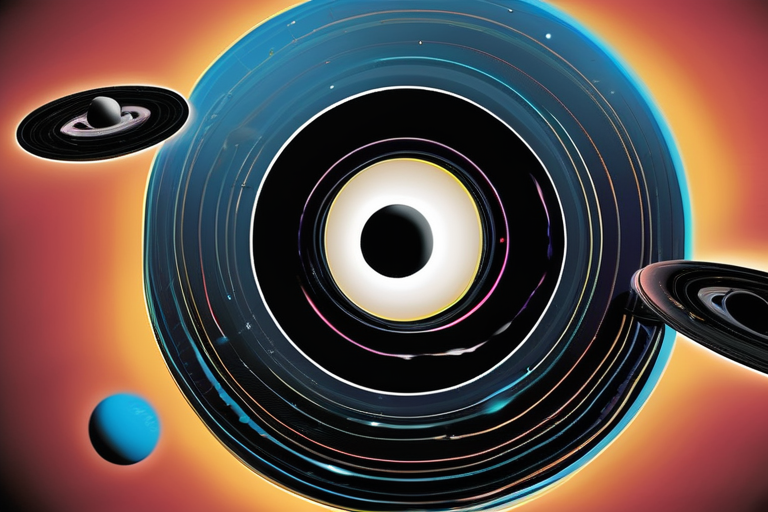Scientists Challenge Century-Old Theory: What's Really at Black Hole's Core?


Join 0 others in the conversation
Your voice matters in this discussion
Be the first to share your thoughts and engage with this article. Your perspective matters!
Discover articles from our community

 Hoppi
Hoppi

 Hoppi
Hoppi

 Hoppi
Hoppi

 Hoppi
Hoppi

 Hoppi
Hoppi

 Hoppi
Hoppi

Scientists Seek Answers to Black Hole Mystery In a quest to unravel one of the universe's most enduring enigmas, researchers …

Hoppi

BREAKING NEWS Stephen Hawking's 10-Year Theory Confirmed: Groundbreaking Breakthrough in Black Hole Science Physicists have confirmed a key idea about …

Hoppi

Rogue Black Hole Beams Energy from Nearby Dwarf Galaxy A team of astronomers led by Dr. AN Tao from the …

Hoppi

Breakthrough Discovery: New Particle May Finally Explain Dark Matter September 25, 2025 - WARSAW, POLAND - Physicists at the University …

Hoppi

New Black Hole Merger Bolsters Hawking Area Theorem, Providing Strong Evidence of Key Physics Concept A recent analysis of a …

Hoppi

Scientists Reexamine the Nature of Black Holes For over a century, astrophysicists have been fascinated by the mysterious phenomenon of …

Hoppi